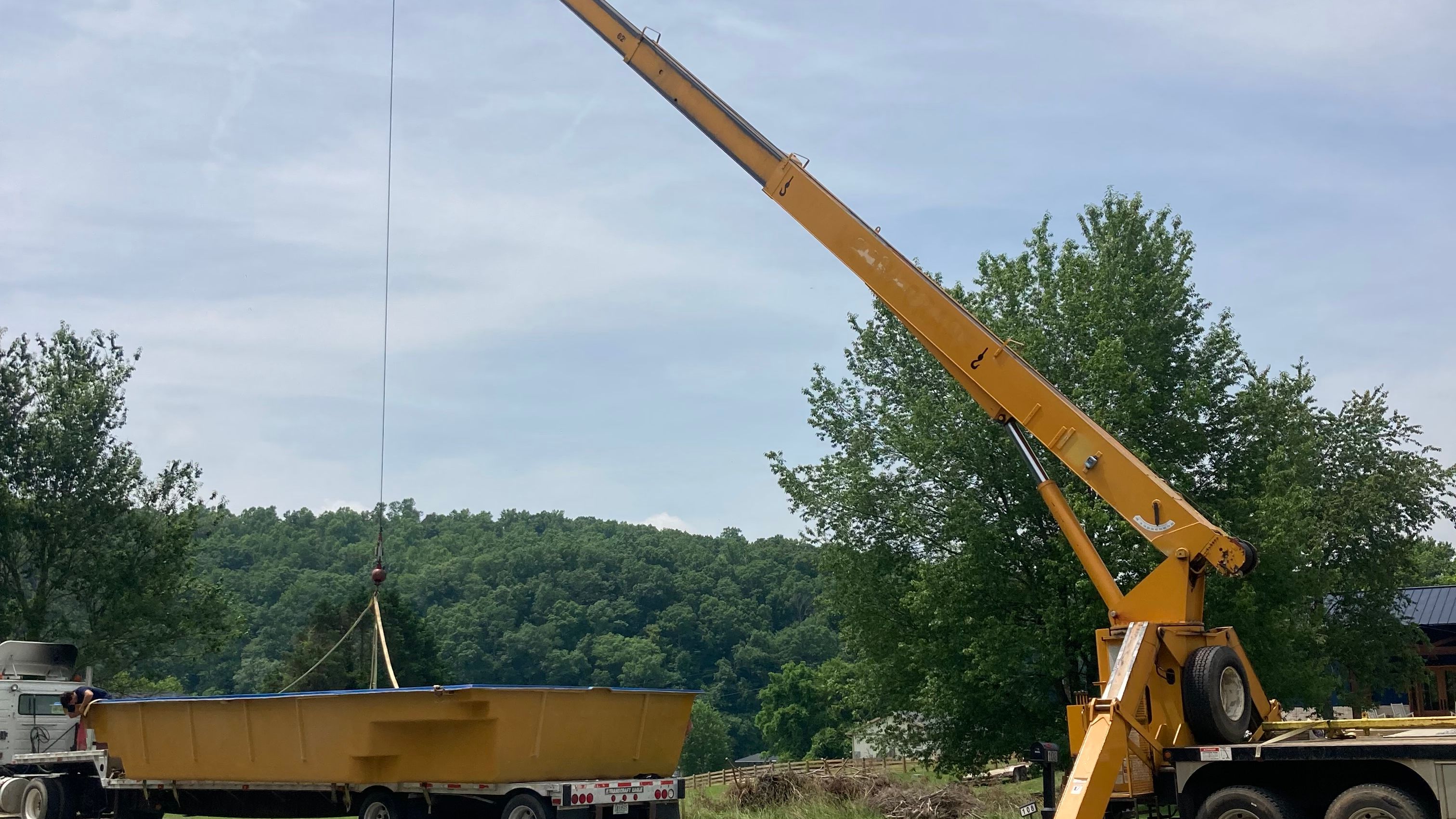
Behind every successful crane lift in the Upper Cumberland region of Middle Tennessee is a careful rigging plan. Rigging is more than just chains and slings—it’s a critical part of lifting that ensures safety, stability, and precision from start to finish.
At Upper Cumberland Crane, LLC, we specialize in lifts across various industries—construction, steel erection, HVAC installs, tree removals, and more. And in every one of those projects, rigging plays a central role. Whether you're lifting a hot tub over a home or a steel beam onto a commercial structure, rigging makes it all possible.
What Is Rigging in Crane Work?
Rigging refers to the gear, hardware, and techniques used to safely secure and lift a load with a crane. This includes slings, hooks, spreader bars, shackles, and more.
In skilled crane operations, rigging:
- Distributes weight evenly
- Prevents shifting or swaying during a lift
- Protects the load and crane from strain
- Follows strict safety guidelines to reduce risk
Every load is different. A steel truss, for instance, requires different rigging than a shed or HVAC unit. That’s why having experienced riggers—like the team at Upper Cumberland Crane, LLC—is essential.
The Role of a Certified Rigger
A certified rigger is responsible for planning and executing the rigging setup. This includes:
- Inspecting all rigging hardware
- Determining the center of gravity
- Selecting proper sling types and angles
- Communicating with the crane operator
In rural Middle Tennessee, where job sites can be uneven or limited in space, riggers also evaluate terrain and accessibility. Proper planning helps us execute lifts in tight residential zones, on steep ground, or across obstacles like fences or structures.
Common Rigging Equipment Used in Middle TN Jobs
Here’s a breakdown of rigging gear commonly used on jobs throughout the Upper Cumberland:
- Wire Rope Slings: Durable and strong, often used for heavy-duty lifts like steel beams.
- Synthetic Slings: Lightweight and gentle on more delicate loads like HVAC units or hot tubs.
- Spreader Bars: Used to distribute loads across multiple points, reducing stress on the object.
- Shackles & Hooks: Heavy-duty connectors that provide flexibility and safety.
- Tag Lines: Controlled from the ground to guide the load mid-air.
Our team arrives on-site fully equipped and ready to adapt the rigging based on your project’s needs.
How Rigging Impacts Safety and Efficiency
Rigging isn’t just a technical step—it’s a safety requirement. Every part of a rigging setup is inspected before use. Factors like load weight, height of the lift, wind conditions, and ground slope are all considered.
Proper rigging ensures:
- Fewer lift delays due to unsafe conditions
- Reduced risk of load damage or accidents
- Efficient lifting with less repositioning
Cutting corners on rigging is never worth it. At Upper Cumberland Crane, safety is non-negotiable—and it starts with how we rig.
Local Considerations for Rigging in Middle Tennessee
Rigging practices vary by geography. In the Upper Cumberland, we encounter a wide range of job conditions:
- Rural job sites with limited access
- Uneven or soft terrain after rain
- Tight residential neighborhoods with trees, power lines, or fences
We tailor each rigging setup to local conditions, ensuring your lift is completed safely and on time.
Get Expert Rigging Support with Every Lift
If you're planning a lift—whether it’s a commercial HVAC unit in Cookeville or a shed installation in Jamestown—let our crew handle the rigging. We bring years of experience, proper certifications, and a commitment to safety.
Schedule your crane lift with Upper Cumberland Crane, LLC today.
